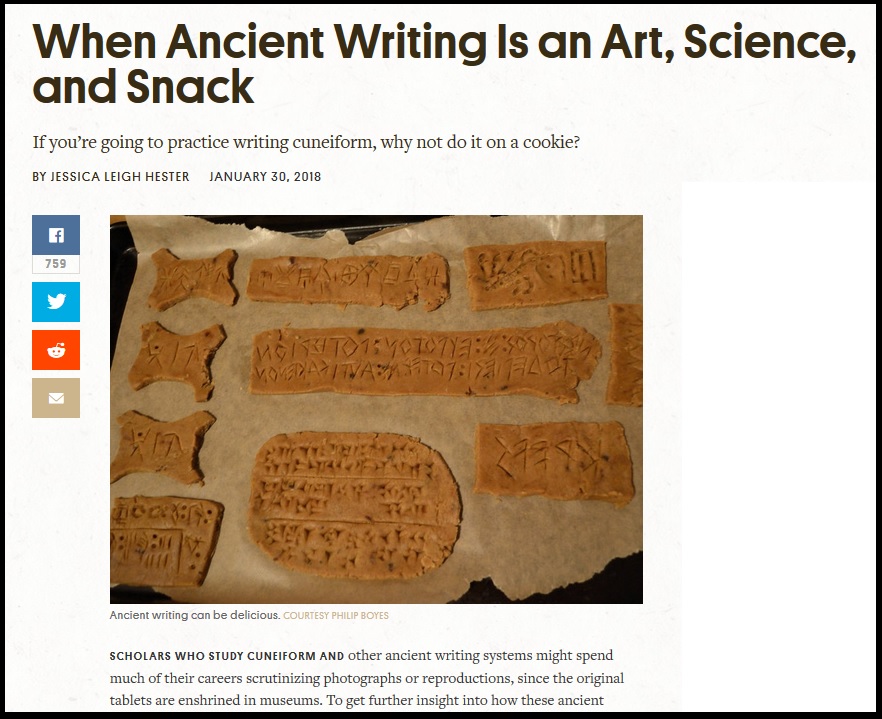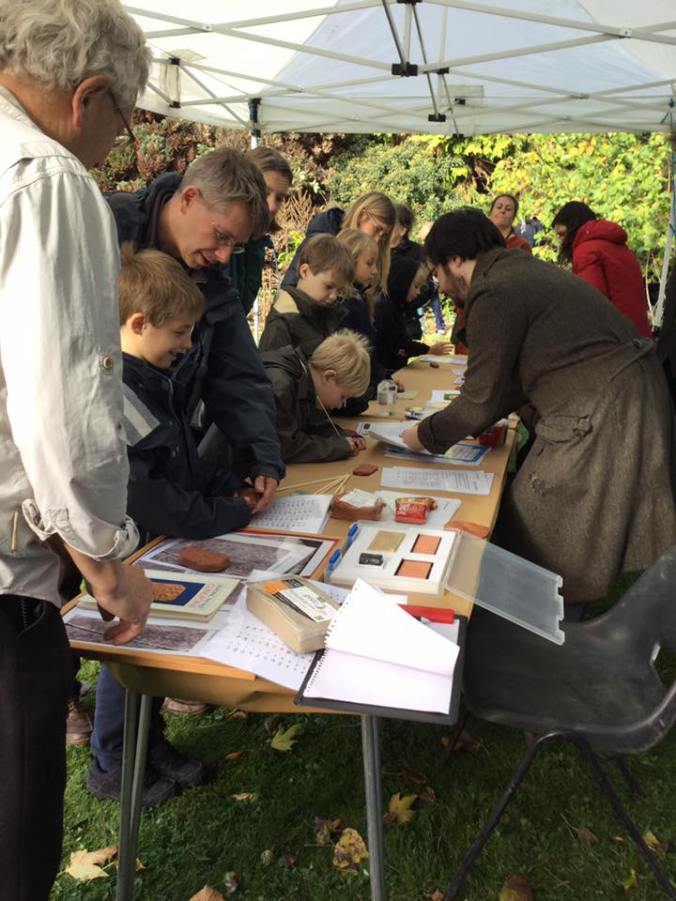Today is the last day of the CREWS project. We started in April 2016, and over the last six years it has been an absolute pleasure to work with my amazing team and all the colleagues who have taken part in the project through the visiting fellowship scheme, conferences and seminars. I’m blown away by their generosity and all that amazing intellectual stimulation – the project has developed in so many exciting ways from those initial ideas I first put down on paper seven years ago.

It may be the last formal day of the project, but this isn’t really the end of CREWS! The website will remain active, with all the resources already housed there (including the blog posts, free teaching materials and our ‘write your name’ sheets). I’ll also keep the YouTube channel active. There will even be new content occasionally, because there are some CREWS publications still in progress – and don’t forget that you can access all the already-published outcomes for free through the website too.
Continue reading “Farewell CREWS (and hello VIEWS)”









